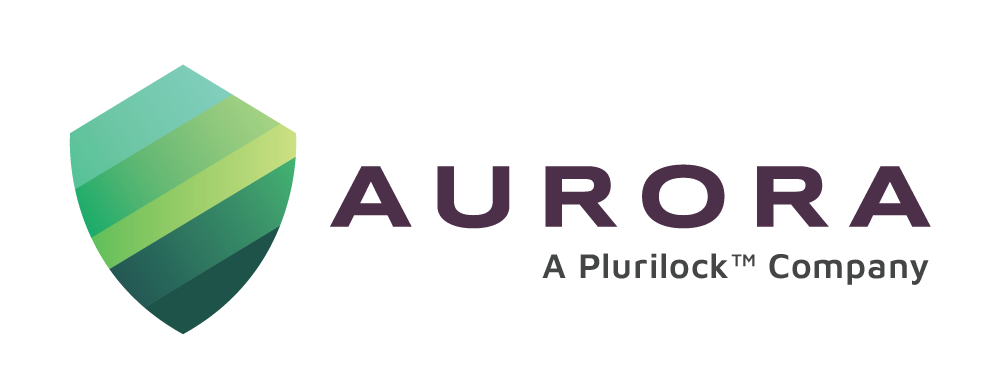Introduction
Amongst the most talked-about requirements of an organization, is the need to be compliant. Every mature industry now calls for organizations within its folds to follow regulations that ensure it is compliant with industry standards, best practices, and certified processes. Compliance teams are akin to watchdogs – constantly on the lookout for grey areas in policies, processes, and practices that if violated, can have adverse effects on the fortunes of the organization. Non-compliant organizations run the risk of attracting steep fines and loss of stakeholder confidence. To do justice to the requirements, it is not uncommon today to see organizations deploy dedicated compliance teams/officers to monitor business processes. A relatively new game-changer in this field is Compliance Automation that is intended to augment the efforts of the compliance team.
What they are
In its simplest form, Compliance Automation (CA) can be defined as the deployment of technology to automate the tasks associated with activities required to be performed in order to fulfill regulatory standards and mandates. Automating routine tasks like tracking, auditing, and reporting considerably eases the burden on Compliance teams and allows them to focus on their core activities.
CA tools reduce the incidence of human error and facilitate audit management, manage obligation mandates, and assist in documentation. A CA platform (1) is said to have three main components:
Controls that facilitate the management of attack surfaces offering endpoint security, SIEM, vulnerability scanning, and the like
Configurations that endorse and reinforce established security policies
Automation that configures and unifies all controls tasked with managing compliance requirements
Why the need
Organizations are tasked with meeting Regulatory Compliance and Corporate Compliance requirements. Regulatory compliance for cybersecurity focuses on embedding controls and protocols that secure digital assets, protect critical data, and reduce cyber risks by preventing unauthorized access and breach/misuse of data that is critical to the organization. Regulatory compliance standards are enforced by regulatory bodies. Corporate compliance on the other hand is the measures that an organization institutes to ensure that the organization adheres to external laws and standards, and internal policies regarding data security and privacy. Corporate compliance includes the policies and practices that must be followed by employees to safeguard their digital assets and data. Risk management and employee training/awareness are key elements of corporate compliance.
CA helps organizations achieve high levels of efficiency in regulatory and corporate compliance.
A closer look at the nature and demands of compliance makes the case for Compliance Platforms and Automation. Here are some of the basic needs that are satisfied to a large extent by CA.
- The need for continual compliance as organizations grow and interact with entities over the web
- The need for quicker and better results that otherwise with manual processes would have been time-consuming, less accurate, and relatively error-prone
- The need for embedding established organizational processes, eliminating duplicative efforts, and scaling up capacities to take increased compliance workload
- The need for integrated systems and productivity tools that are manageable by the compliance team using a single interface
How does it work
CA is all about monitoring and enforcing policies across the entire lifecycle of any activity. CA platforms are responsible for integrating the entire set of systems in the organization. Covering HR, Legal, Financial and ADM policies, security protocols and cloud services, CA platforms typically start with the assimilation of data, analyzing it for compliance with established protocols, and then sounding alerts in the event of a lacuna being identified. The automation features ensure audit reports on an ongoing basis with minimal manual involvement.
The Benefits
CA is helping organizations achieve adherence to demanding regulatory standards like GDPR, HIPAA, and others through their tracking, documenting, and reporting features. Here are some of the benefits that accrue from investing in a CA platform:
- Round-the-clock monitoring of compliance-related activity including policy deviations by automating workflows that track data privacy rules and document regulatory activities
- Safety with regard to personal data and organization-critical data
- Humongous time saving due to speedy and accurate processing of activity
- Cost savings due to automation of tasks
- Reduction in the probability of error that is endemic with human operations
- Limited interfaces to be managed by the compliance team due to automated processes
- Greater levels of integration with the compliance community with regular updates on evolving regulations
- Higher levels of security on an ongoing basis
- Risk management and assessment of vulnerabilities and threat surfaces
- Audit trail management for across-the-board activity
Setting up a robust CA
As with other systems, a robust CA is created by establishing a checklist that details the processes an organization needs to establish in order to manage its compliance obligations. BlinkOps (2) offers a good guideline that can be followed as part of the CA strategy and setup.
- Identify regulations and standards that are relevant to your organization
- Document and assess your current compliance status, posture, policies, practices
- Identify gaps in your setup that will serve as a good guide for to-be-implemented automation
- Define your compliance objectives
- List automation efforts required and prioritize them according to the objectives
- Map processes in the compliance setup. These might include policy monitoring, audit trail management, evidence gathering, etc.
- Select automation tools, taking care to incorporate AI capabilities
- Assign responsibilities for the implementation of the CA platform
- Document flowcharts for access control, data handling, and audit activity and circulate the same in the organization
- Implement automation
- Train the compliance team in the use of the CA platform
- Monitor, document, and review the progress of the platform regularly
- Make use of lessons learned in order as to improve the efficacy of the platform
- Organize certification of the platform via a competent authority
Challenges
Though many experts cite the setup costs associated with a CA platform as a major reason to tread carefully, an equal number cite the many benefits that these platforms offer, that make it a must-have for organizations looking to streamline their compliance processes. Yet, a new argument doing the rounds is the contention that the adoption of new tools whenever available can prove an onerous experience once an organization has set up its compliance platform. This is because new tools have to be thoroughly evaluated for compliance with industry regulations before they can be evaluated for compatibility with the existing platform. Experts liken this to a fork in the road – avail the benefits of new technology and tools along with your established setup and ‘have the best of both worlds’ or be conservative in your evaluation and carefully negotiate the fine line between automation and compliance.
Conclusion
Compliance automation is already making a quantum difference in compliance circles by streamlining processes and reducing human error and costs. As regulatory frameworks expand, CA is almost certain to expand, offering eminently more scalable and sophisticated solutions. Ahead of organizations ready to adopt these new offerings and thereby position themselves firmly in the world of compliance, lies the promise of strategic advantage, regulatory compliance, operational excellence, and long-term resilience.
References:




